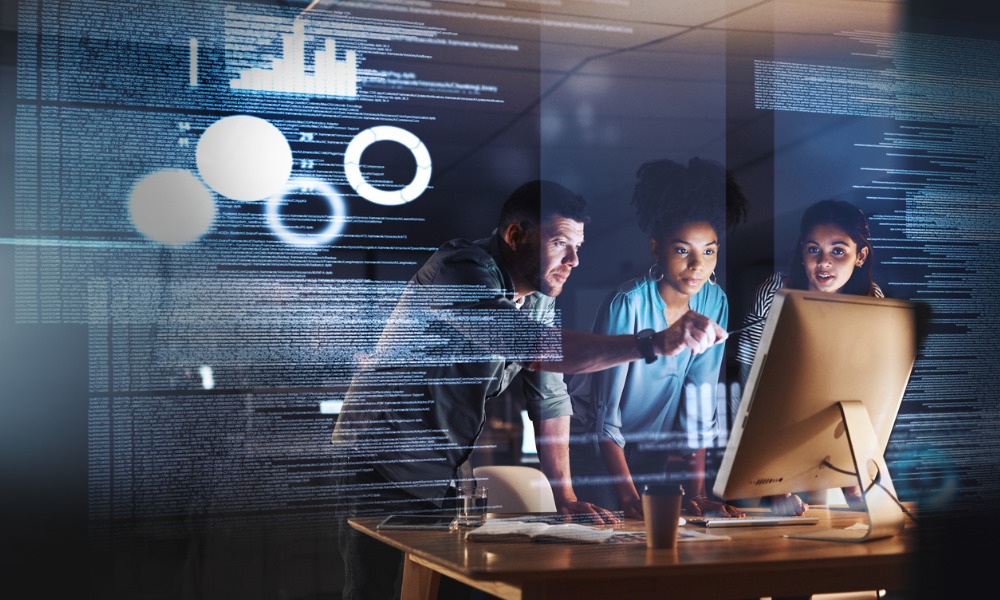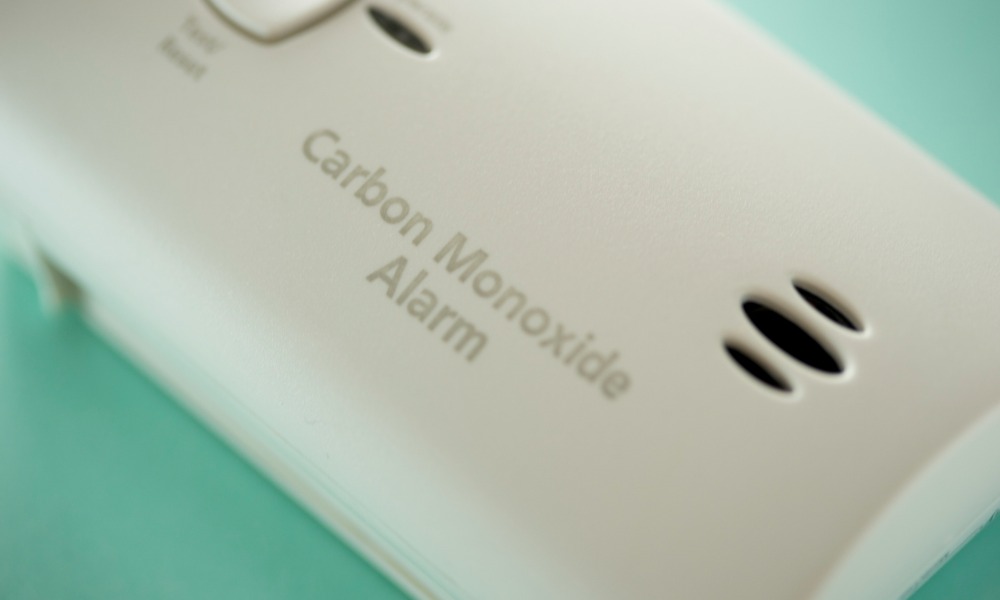"The focus is now on improving the physical workspace by creating environments in which people can interact with and be inspired by each other"

For decades, the corporate world has witnessed the modern workspace evolve – from the highly compartmentalized office cubicles to the more spacious open-plan layout.
It didn’t take long, however, for workforce managers and I/O psychologists to notice how the design of a workspace affected workers’ mood and productivity.
Today, it’s about keeping everyone safe, happy, healthy and motivated – all with the help of technology.
“The focus is now on improving the physical workspace by creating environments in which people can interact with and be inspired by each other,” said Lisa Golding, HR manager at enterprise IT company Upstream Solutions.
Building a desirable workplace requires businesses to “understand and adopt emerging technologies that will shape the future of work,” she said.
Read more: Returning to a safe and healthy workplace
One example is the modern worker’s demand for balancing work flexibility with collaboration and inclusivity. “They need to be able to work with colleagues regardless of location; sharing information and ideas as readily as if they were in the same room,” Golding said.
The next chapter in the evolution of the workspace offers a hybrid of activity-based work areas and co-working spaces that welcome workers of any class – be they full-time office personnel or flexible and freelance/gig workers who need to touch base with HQ.
Golding recommended investing in key technologies, such as Internet-of-Things (IoT) devices, as well as those powered by artificial intelligence.
Read more: Should employers rely on COVID-19 home test kits?
IoT devices are normal, everyday gizmos that ‘talk’ to each other through Bluetooth, RFID, mobile and Wi-Fi connections. The application can be as simple as printing documents from your mobile phone on the office printer using Bluetooth, or as advanced as scanning your employee badge upon entry at the lobby and automatically triggering your work station to turn on.
Cognitive and AI-enabled tools, on the other hand, are devices that not only talk to each other but also ‘read’ patterns of speech, behavior and mood better.
Automatic translation tools, for instance, are able to turn speech to text instantly during meetings. While everyone is busy throwing ideas around during a conference call, the AI catches their words, displays them on a large screen in the conference room, and even translates them into a different language for other members to follow.
Emerging technologies are making today’s workspaces ‘unrecognizable’ from offices of the past decade, analysis from Upstream noted.
The team pointed to other ways by which the digital workspace is changing – from using smart lighting designed to lift workers’ moods and improve concentration, to installing IoT sensors that regulate room temperature and air quality so as to enhance employee wellbeing.
“Workplace evolution will take time and will look different according to each organization’s unique needs,” Golding said.
“It’s important for businesses to understand what changes make sense for them in terms of budget, existing capabilities and workforce requirements, and potential for improvement.” Businesses that are ready to take a digital-first approach to operations should start small and build on initial successes, she said. “Automating processes where possible is an ideal first step to introduce efficiencies and get employees used to a new way of working.”








